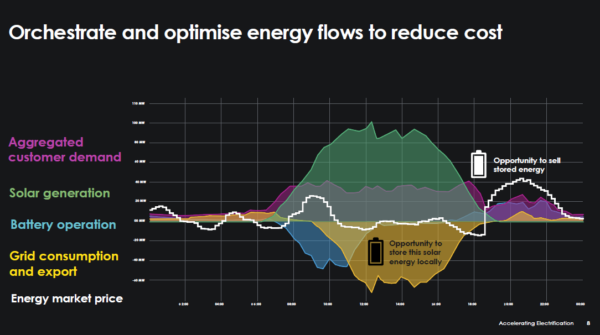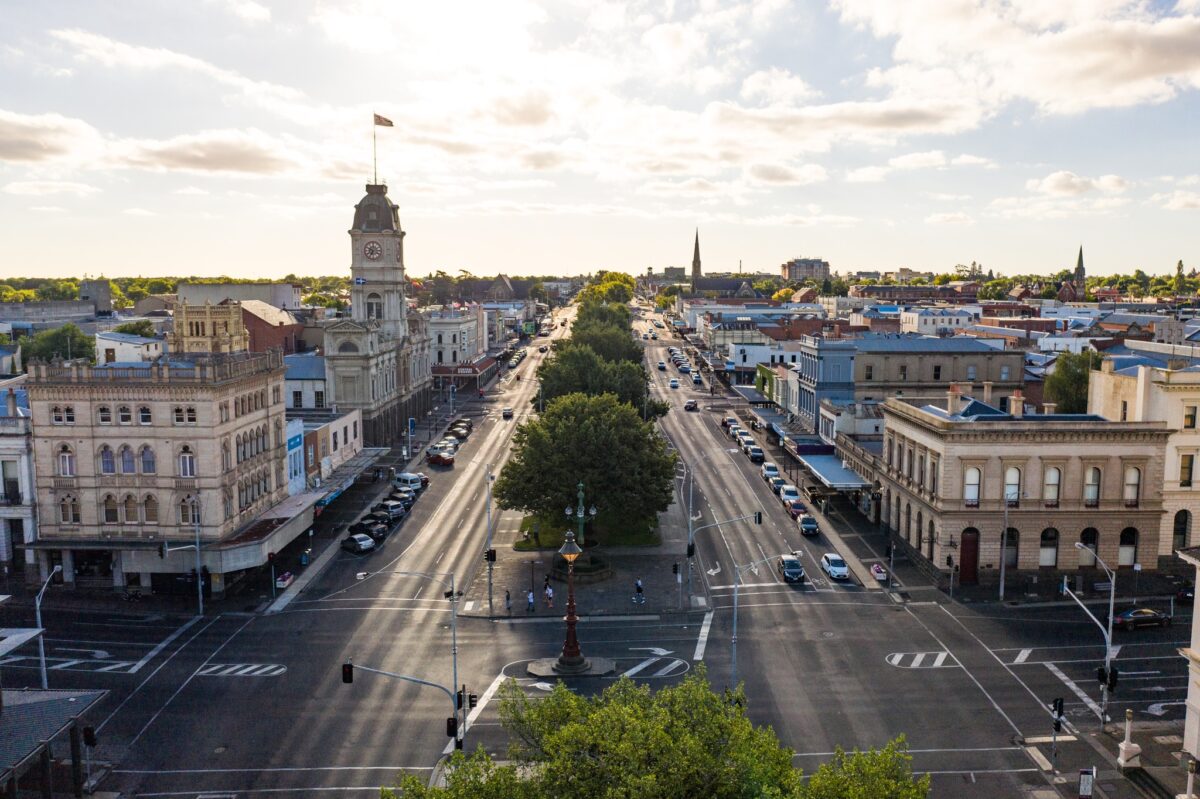The Ballarat Energy Network (BEN), together with more than 20 of the Victorian community’s largest businesses and industries, will commence a project that could see Ballarat become Australia’s first regional city to be powered by 100% locally generated renewable energy.
In partnership with Victorian network operator AusNet, BEN will oversee an approximately 12-month Stage 1 energy use and efficiencies assessment of 22 local commercial and industrial businesses. The businesses are some of the city’s largest energy consumers and located in the Ballarat West Employment Zone (BWEZ).
“The BWEZ is an industrial precinct, and we think we can model for the rest of Ballarat what a distributed network might look like, if we’ve got a really strong data set that sits around our biggest consumers,” Committee for Ballarat, which oversees BEN, Chief Executive Officer Michael Poulton said.
BEN’s vision is to aggregate, optimise, and manage local renewable generation through the many distributed assets available in the region, and sees itself as a net exporter of renewable energy.
Existing renewable energy sources include industrial and rooftop solar and battery energy storage systems while future resources would include electric vehicles (EVs), thermal solar, wind, and bioenergy.
Poulton said the project aims to orchestrate the generation, distribution, storage and sharing of local renewable energy, and then trade it on the National Energy Market (NEM).
“Local generation, local distribution, local sharing, then trading because we’ll inevitably be able to generate more electricity than we need,” he said.
Pointing to the microgrid model, which operates in smaller communities like Yackandandah, Poulton said the purpose of BEN is to see what’s possible at scale.
“What BEN was designed to do from day one was take that microgrid model and put it on steroids to ask, does it stack up technically, feasibly, and commercially for a community of 100,000 plus people,” he said.

Image: Committee for Ballarat
Poulton said the initiative is about ensuring that the local community captures the potential of locally generated renewable energy and benefits from the clean energy transition.
“BEN was always about how do we maximise the opportunity that we have for renewable generation in this region directly,” he said.
“The views of regional communities are such that the benefits of the renewable energy transition are being felt more directly in big cities whereas the infrastructure and impact of the renewable transition is being hosted in regional areas without those same benefits.”
“Residents can see the transmission towers and the turbines spinning from their kitchen windows, but know their power goes out three times a month, and that’s what BEN is really trying to solve.”
“Giving ownership and agency to regional communities, in our context, to Ballarat, we think we’ll help deliver greater acceptance of the renewable transmission and the capacity for us to host infrastructure when we know there are direct benefits coming into our community as a result of that.”
This content is protected by copyright and may not be reused. If you want to cooperate with us and would like to reuse some of our content, please contact: editors@pv-magazine.com.








By submitting this form you agree to pv magazine using your data for the purposes of publishing your comment.
Your personal data will only be disclosed or otherwise transmitted to third parties for the purposes of spam filtering or if this is necessary for technical maintenance of the website. Any other transfer to third parties will not take place unless this is justified on the basis of applicable data protection regulations or if pv magazine is legally obliged to do so.
You may revoke this consent at any time with effect for the future, in which case your personal data will be deleted immediately. Otherwise, your data will be deleted if pv magazine has processed your request or the purpose of data storage is fulfilled.
Further information on data privacy can be found in our Data Protection Policy.